Headset Specs and Components
The bulleted list below details the ‘current’ (per the information we have right now) major components used in the DecaGear 1, PC-VR head-mounted display. However, these specifications may be subject to change, due to the current situation with the Covid 19 pandemic and manufacturer availability, so viewer discretion is advised.
![Technical specs and components overview Technical Specs]()
Display Overview: FOV, IPD and Resolution
- Display Resolution: 2160 x 2160 pixels per eye (1058 PPI) providing a combined resolution of 4320 x 2160px
- Display Size: 2.89’’ Dual LCD panels (diagonal). Full RGB striped matrix sub-pixels
- Display Refresh Rate: 90Hz
- Field of View (FOV): 114°, Fresnel-Aspherical lenses with 9mm eye relief
- IPD Range: 60mm - 72mm maximum (manual adjustment)
![High resolution - Dual LCD panels Dual LCD panels]()
Technical Camera Specs - 4 Tracking Cameras: OmniVision 9282 high-speed, global shutter image sensors for accurate inside-out tracking. 2 front-facing cameras and 2 side-facing cameras global shutter image sensors for accurate in
- Camera FOV-span range of up to 225°
![OmniVision 9282 high-speed, global shutter image sensors OmniVision 9282 camera]()
- 2 Face Tracking Cameras - FaceFlow integration: OV7251 (OmniVision) Black and white, low frequency global shutter image sensors. The eyes and mouth are illuminated by several Infra-red LEDs - one each side of the mouth sensor and five inside the headset used for tracking the eyes
![OV7251: Low frequency global shutter image sensors. Low frequency camera]()
- Cameras DSP: Xilinx Artix-7 aggregates the 6 camera inputs and outputs - one video stream for the 4 tracking cameras and the other for the 2 facial cameras
![Xilinx Artix-7 processor Xilinx Artix-7 processor]()
Core Specifications
- Sensors: 9-axis IMU (Inertial Measurement Unit). A combined Accelerometer, Gyroscope, and Magnetometer. Measures orientation, velocity, and gravitational forces. The ICM-20948 combines a 3-axis gyroscope, 3-axis accelerometer, 3-axis compass, and a Digital Motion Processor™
![TDK ICM-20948 chip TDK ICM-20948 chip]()
- Application Processor: Multi-core processing unit designed for computer and connected computing - undertaking all the on-board tracking processes and utilises its hardware assisted (HEVC/H.265) 4K decoding to enable fast streaming
- USB Video Bridge: FT602 is a FIFO interface to SuperSpeed USB UVC bridge chip, which allows streaming video from all cameras to the ASI on board or to the computer. Data rate 5Gb/s - USB 3.1
![FT602 is a FIFO interface to SuperSpeed USB UVC bridge chip FT602 chip]()
Sound
- In-strap Speakers: 8Ω ear-aligned integrated micro speakers - offering a wide bandwidth the greatly improves the effects of low to mid range frequencies.
- Microphones: There are two microphones located on the bottom of the headset, one on each side.
- Headphones: There’s a 3.5mm headphone jack. There may also be BLE integration/connection or a USB Type C port for connecting various devices, however, this is undetermined at present.
Connectivity
- High-speed USB data connection
- Wireless and BLE: Advanced connectivity - 2x2 MU-MIMO combo solution with full support of 802.11ax (WI-FI 6), Dual Band and BLE 5
- Connections: DisplayPort™ 1.3, USB 3.0 +
- Cable: 5m 2-in-1 combined DisplayPort™ 1.3 + USB 3.0 cable. The cable will be easy to connect and disconnect, ideal if you decide you want to game wirelessly.
- Controllers are charged via USB type C
Comfort and Customisation
- Weight: The headset appears to be of a somewhat similar build to the HP Reverb G2, minus the off-ear headphones. Although the company hasn’t mentioned its exact weight, we do expect it to be light, so anywhere between 1.2lb (550g) and 1.4lb (630g).
- Dimensions: TBD
- Faceplate: Foam cushioned face-rim. Magnetic and replaceable. There will be two faceplates, a standard type and a wider one for those who wear glasses.
- Strap: Velcro fasteners either side of the headset with the typical overhead, centre strap (belt type pull strap). Again this is subject to change and could very well end up a Velcro strap.
- Front-plate AKA ‘Cool Goggles’: Gloss Black, rigid PMMA acrylic. Magnetically attached (cosmetic CAD enhancement, easy snap on)
![‘Cool Goggles’ Cool Goggles]()
If you have any comments on the specs, please leave a comment in the box below, we’d love to see what you have to say.


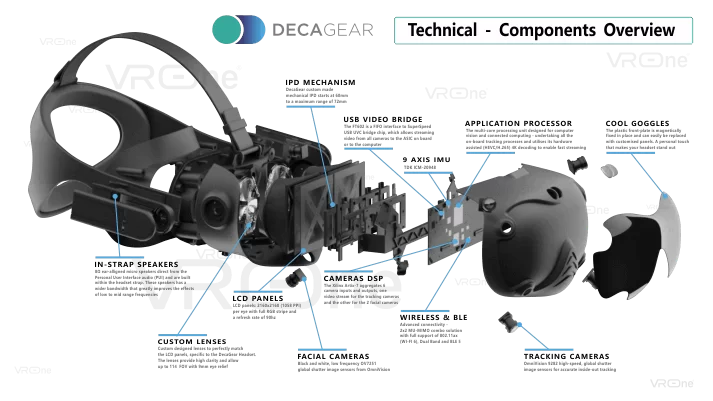
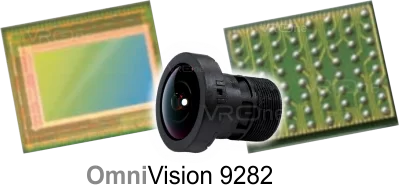
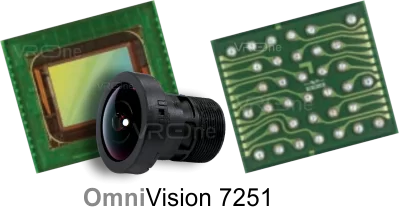
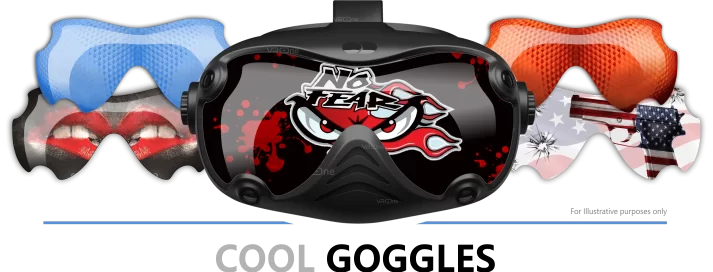
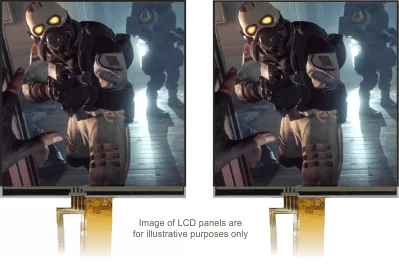
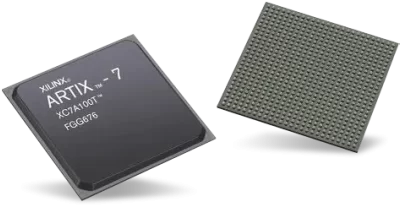
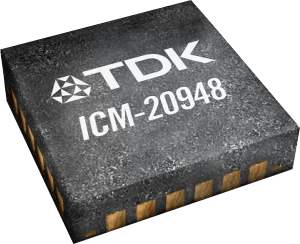
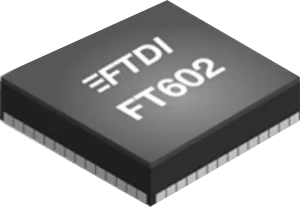
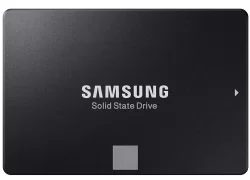



DecaGear Specs